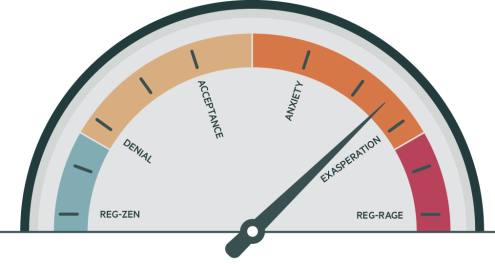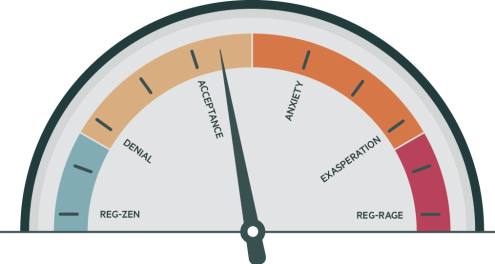What is happening?
US regulators published a sweeping set of proposals in July that would dramatically increase the capital requirements of US banks with more than $100bn in assets.
The proposal would increase banks’ common equity Tier 1 capital requirements to the tune of an aggregate 16% increase, largely affecting the biggest banks in the country. They would need to comply fully from July 1, 2028.
Regulators want to standardise banks’ capital frameworks and make them focus on an expanded list of risks — namely credit, market, operational and financial derivative risk.
They also want to go a step further by applying existing capital-draining rules more widely across the banking sector. Should the proposals pass, more banks would have to include unrealised gains and losses from certain securities in their capital ratios, known as the ‘accumulated other comprehensive income’ (AOCI), and introduce the supplementary leverage ratio and the countercyclical capital buffer.
The deadline for feedback is November 30.
Why is it happening?
The rapid demise of lenders earlier this year, including Silicon Valley Bank (SVB), First Republic Bank and Signature Bank, knocked confidence in the US banking sector and compelled regulators to take action.
The joint proposal from the Federal Reserve, Office of the Comptroller of the Currency and the Federal Deposit Insurance Corporation (FDIC) is designed to move banks closer to international regulatory standards for banks. Otherwise known as the ‘Basel III endgame’, the framework ushers in the final components of the Basel III agreement, which was developed after the global financial crisis to increase minimum capital standards for commercial banks.
Martin Gruenberg, chairman of the FDIC, said the proposed rules would help “ensure that the regulatory capital ratios of large banking organisations better reflect their capacity to absorb losses”.
The aim is also to move banks away from using their own internal models towards a more standardised approach, and be more alert to a wider set of risks. This comes after SVB and First Republic tripped up when sudden interest rate rises caused a huge increase in AOCI-linked losses on their books. Now regulators want more banks to report their AOCI figures, among other metrics.
What do the bankers say?
Chiefs of the big US banks are unhappy, to say the least. They have branded the rules excessive, warning that the cost of loans will spiral, and even threatened to curb lending.
Bank of America (BofA), Citigroup and JPMorgan Chase CEOs all lashed out at the proposal, with BofA CEO Brian Moynihan stating bluntly: “If our capital ratios go up by 100 basis points, simply put, you can’t make about $150bn of loans.”
JPMorgan’s chief financial officer, Jeremy Barnum, said capital hikes would put pressure on returns, which would in turn put pressure on the bank to increase prices.
The bank’s CEO, Jamie Dimon, accused regulators of giving shadow banks an unfair advantage on a bank earnings call. According to Reuters, he told investors: “This is great news for hedge funds, private equity, private credit, Apollo, Blackstone — they’re dancing in the streets.”
The Institute of International Finance, a global association for the financial industry, is also sceptical. Its CEO, Timothy Adams, described the move as “puzzling and counterproductive” in light of a potential economic slowdown.
Banking experts anticipate that banks will need to rethink their trading and banking book portfolios, and even make significant adjustments to their business models.
Will it provide the incentives?
There is no middle ground when it comes to whether higher capital levels will make the US’s financial system safer, more sound and more stable.
The move towards standardised models is met with scepticism among banking experts. Other regions — including the UK, Europe and Japan — allow banks to keep internal models, and even the Basel III framework does not ban them altogether. Some argue that internal models are more nuanced and can capture banking risks more accurately than ‘cookie-cutter models’, where the capital figure is largely decided by the regulator-set standardised approach.
Consumer-focused groups are jumping for joy, however. The non-partisan, non-profit coalition Americans for Financial Reform described the proposal as a “significant stride” towards safeguarding the US public from subsidising undercapitalised banks. Todd Phillips, a fellow at think tank Roosevelt Institute, also welcomed the move, arguing that banks only make up around a third of lending in the US anyway. Think tank Better Markets welcome the capital proposals, describing them as “necessary” and “long overdue”.
Farah Khalique is the editor of Banking Risk & Regulation, a service from the Financial Times.






